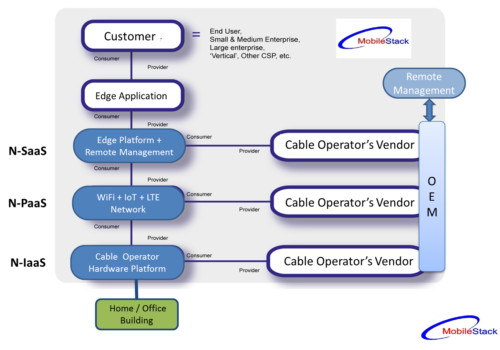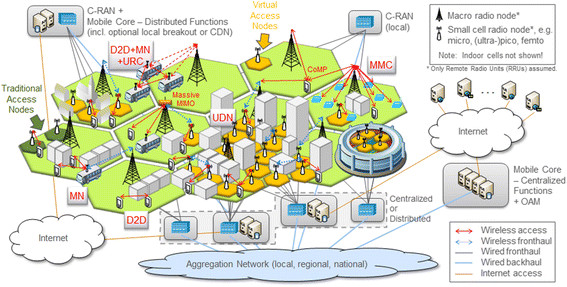After Verizon launch of 5G Home Connect product, Cable Industry has come under direct competition in their monopolistic ISP market…
5G race has already started. There is talk of USA vs Pacific (China / Japan / S. Korea) competition for…
With a demo of LTE-in-a-box solution, Mobilestack Inc announces the availability of a low cost LTE-in-a-box solution and vEPC Solution. Please…


